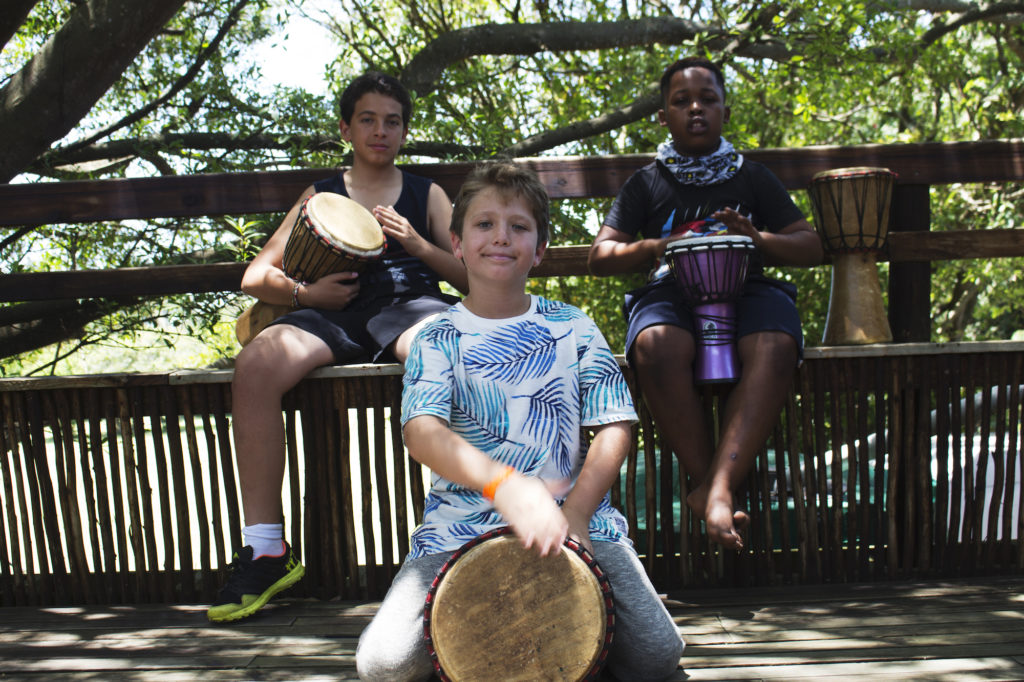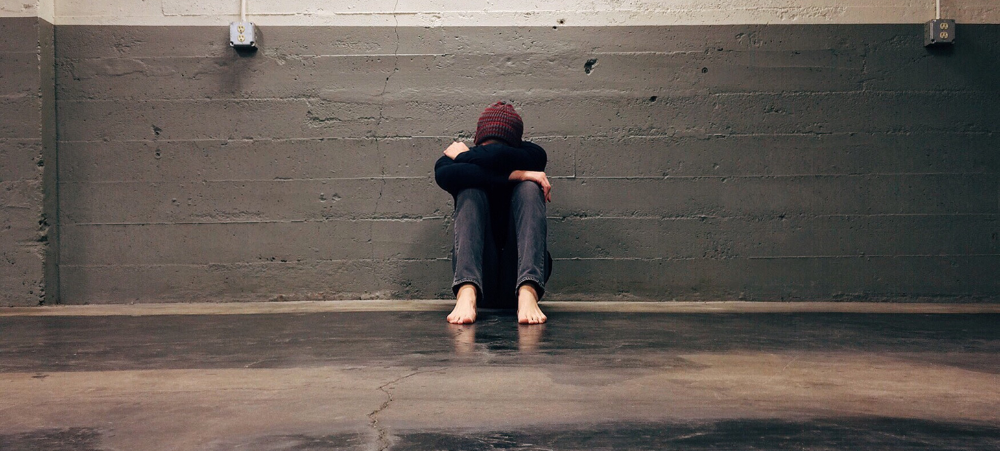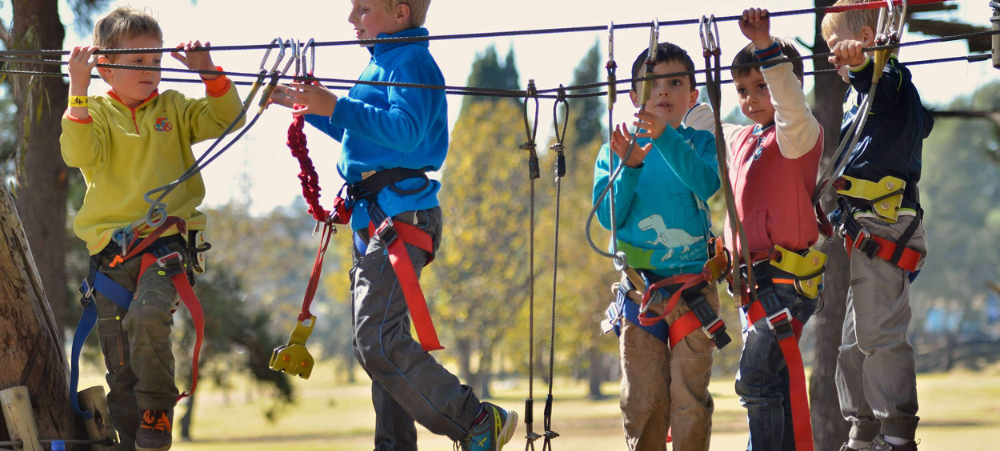Do you want an African drum beat master at your next party? Well our campers should be on your speed dial! Drumming has become a phenomenon at the Bay where we see our campers create extraordinary rhythm and beats with the djembe drum.
The djembe drum is said to have been invented in the 12th century by the Mandinke tribe in what is now Mali, West Africa. The djembe has a great cultural heritage in Africa and still has a weighty presence in African rituals.
The body of the drum is made from a single piece of tree trunk and topped with goatskin, providing the djembe with a piercing high-pitched tone. The Mandinke people believed that the Lenge trees held great spiritual importance while also lending its trunk to make the drum. It is said that the drum consists of three spirits: the spirit of the tree from which it was made, the spirit of the animal which covers the head and the spirit of the drum-maker.
The term djembe originates from the Bambara saying “Anke dje, anke be” which translates to “everyone gather in peace”, creating a sacredness around the drum. Traditionally, the djembe was only played by men during ritual ceremonies like weddings, courtship, hunting, circumcision and passing into adulthood.

The drum has a very unique and distinctive design, which is fundamental to its versatile sound. There are 3 main sounds that can be played by the djembe, here are a few steps to get you started on playing.
Bass
Hit the center of the drum with your open hand. You want to bounce your whole hand against the skin to get that deep, low pitch. By bouncing your hand off the drum, the tones are left to resonate. The bass is the core of playing the drum.
Tone
For a tone, you’ll be using your fingers and the edge of the palm. Move your hand towards you until your knuckles are just off the edge of the drum. Your fingers should be over the drumhead. Strike the drumhead, slide your fingers off the head and follow with the edge of your palm striking the drum. Repeat.
Slap
Slap sounds are played similarly to the tone. You put your hand on the edge of the drum, but instead of playing with a flat hand, you’ll slightly curve your fingers. Contact between the drum and your hand should be the fingertips and the edge of the palm. The slap produces crack and a bright sound. The pocket of space under the palm gives it a hollow sound.
And there you have it, you’re on your way to becoming an African beat master.
We understand that there are many aspects that encompass a Mother, Father or Child and strive toward providing resources and services that accommodates this.
Our content is aimed to inform and educate families on issues starting from pregnancy through to the challenges of the teen-age years.
- Tips for Breastfeeding in Public: Confidence and Comfort - November 20, 2025
- Eskort launches Kiddos: South Africa’s first pork range made just for kids - November 13, 2025
- Putting the Power of Learning in Learners’ Hands During Global Education Week - November 12, 2025





